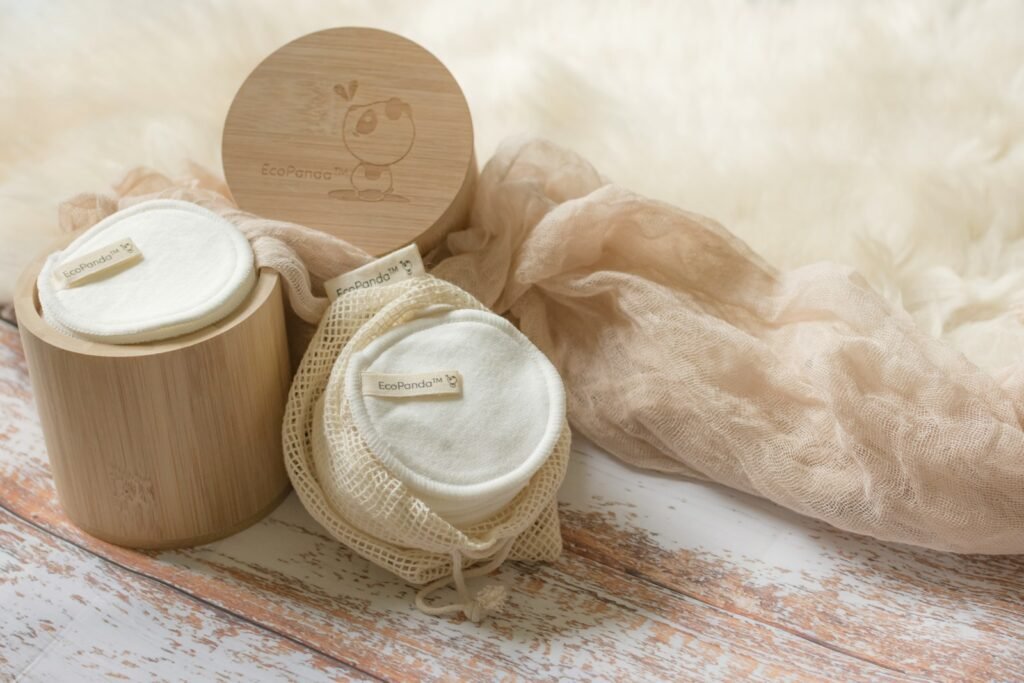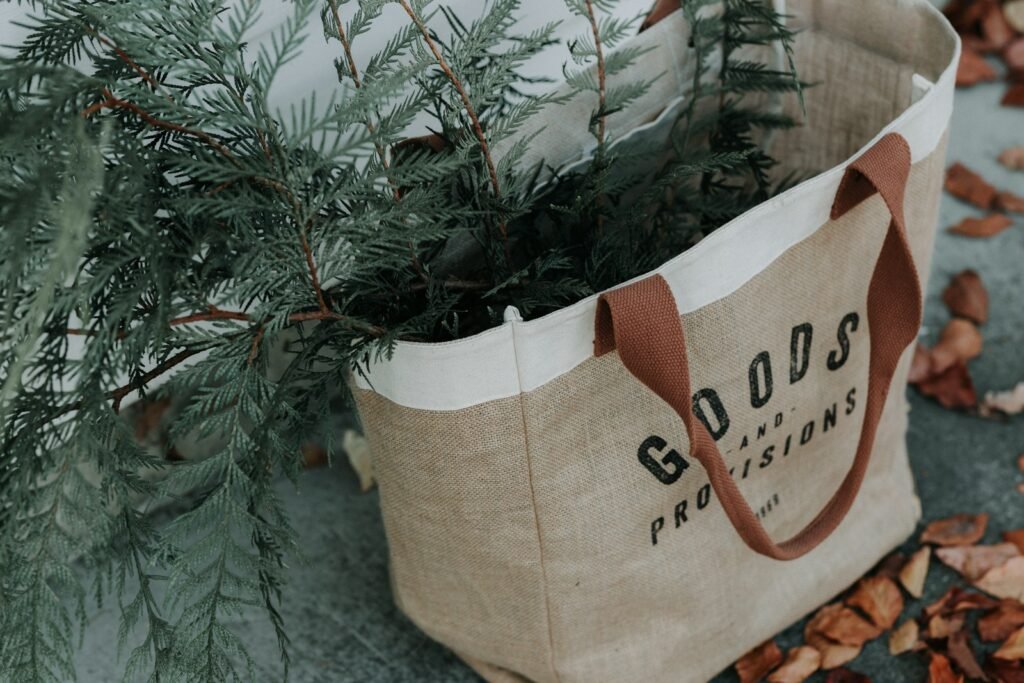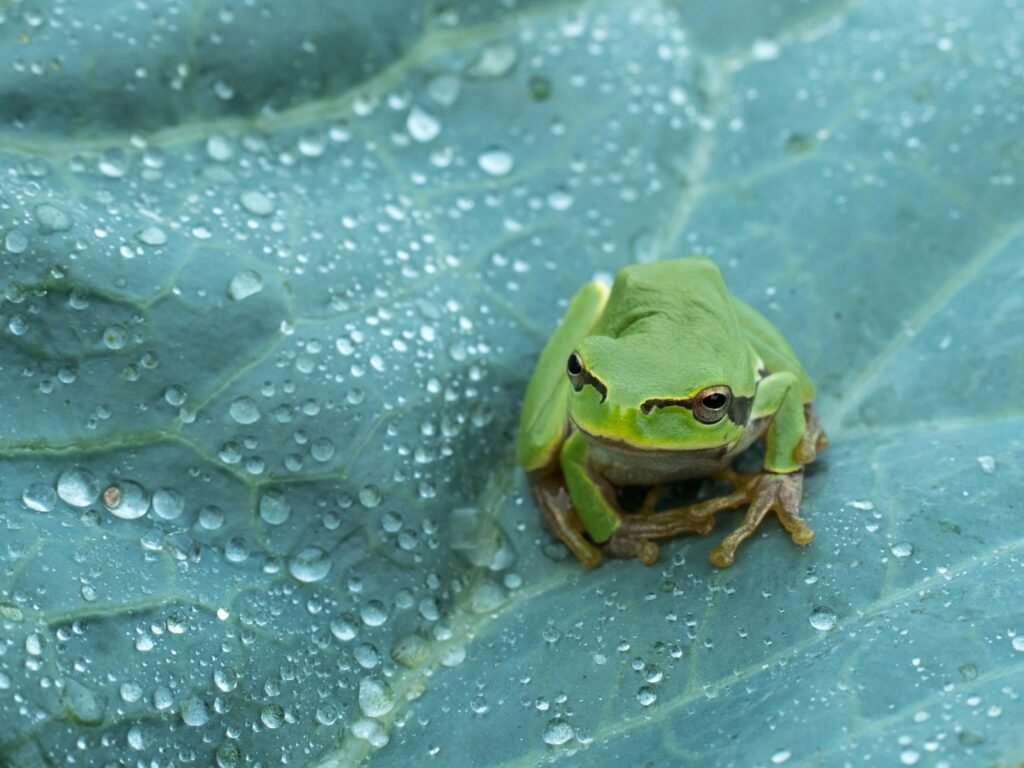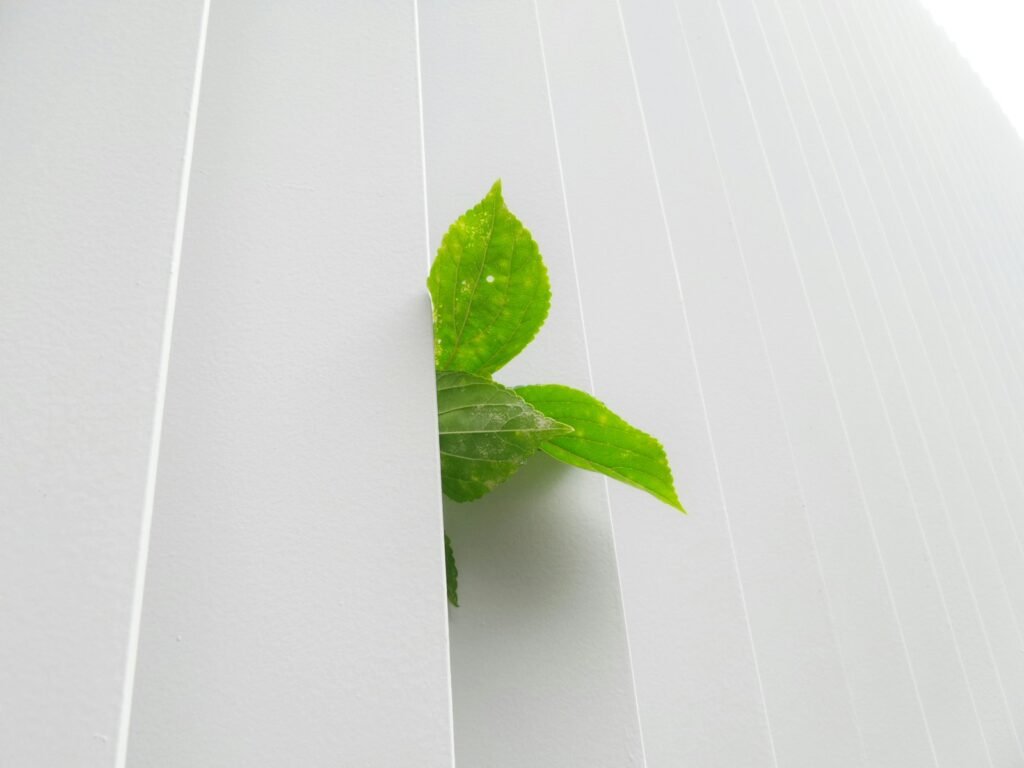Growing your own food isn’t just about fresh tomatoes or basil that tastes like summer. It’s about reconnecting with the earth in a way that respects natural cycles, reduces waste, and builds resilience. A sustainable garden doesn’t rely on synthetic inputs, excessive water, or single-use materials. Instead, it functions as a closed-loop system—where waste becomes fertilizer, rain becomes irrigation, and pests are managed without chemicals.
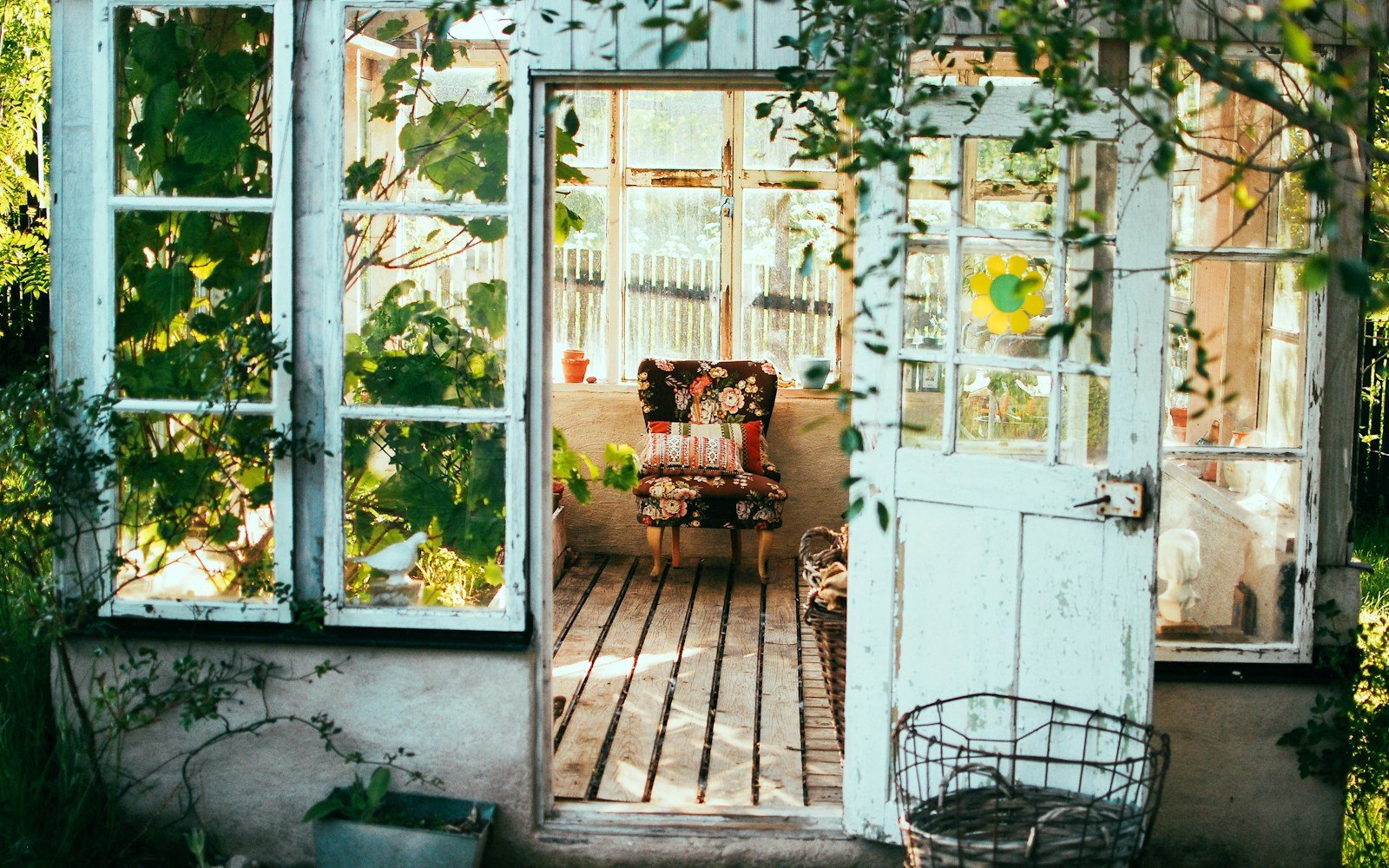
The beauty of this approach is that it scales to any space. Whether you have a sprawling backyard or a small balcony, you can create a living ecosystem that feeds you and supports local biodiversity. This guide walks you through every step—from choosing the right spot to harvesting your first crop—using only proven, low-impact techniques.
No gimmicks. No shortcuts. Just a clear, detailed blueprint for building a garden that lasts, grows stronger each year, and leaves the planet in better shape than when you started.
Step 1: Assess Your Space and Conditions
Begin by observing your environment with intention. A garden thrives on consistency, so pick a location that receives at least six hours of direct sunlight daily. South-facing areas (in the Northern Hemisphere) typically offer the best exposure.
Check for drainage. Standing water after rain means poor soil aeration, which suffocates roots. If your soil pools, consider raised beds or planting on mounds.
Note microclimates: areas near walls, fences, or trees may be warmer or windier. These can be ideal for heat-loving plants or windbreaks. Also, consider access—your garden should be easy to reach for watering, harvesting, and maintenance.
If you’re on a balcony or patio, think vertically. Use wall planters, trellises, or stacked containers. The goal isn’t size—it’s function and sustainability.
Step 2: Design Your Garden Layout for Long-Term Success
A well-designed garden works with nature, not against it. Start with a simple sketch—no need for professional tools. Use graph paper or a digital planner.
Key design principles:
- Companion planting reduces pests and boosts yields. Plant marigolds near tomatoes to deter nematodes. Place basil near peppers to improve flavor and repel insects.
- Crop rotation prevents soil depletion. Avoid planting the same plant family (e.g., brassicas, solanaceous plants) in the same spot two years in a row.
- Include pollinator habitats. Flowers like yarrow, calendula, and borage attract bees and beneficial insects, which help with pollination and pest control.
- Create functional zones. Group plants by water needs, sun exposure, and maintenance frequency. Keep herbs near the kitchen, and heavy feeders like squash in their own area.
Use natural boundaries: place taller plants (like sunflowers or trellised beans) on the north side to avoid shading shorter ones.
Step 3: Build Healthy Soil from the Ground Up
Soil is the foundation of any sustainable garden. It’s not just dirt—it’s a living ecosystem. Healthy soil teems with microbes, fungi, earthworms, and organic matter. It retains water, supports root development, and supplies nutrients naturally.
Start by testing your soil’s pH and texture. A simple kit from a garden center or online can tell you whether your soil is acidic, neutral, or alkaline. Most vegetables prefer a pH between 6.0 and 7.0.
Now, improve it:
- Add compost. This is non-negotiable. Use kitchen scraps (fruit and vegetable peels, coffee grounds, eggshells) and yard waste (leaves, grass clippings) in a compost pile or bin. Turn it monthly to speed decomposition.
- Use worm castings. If you have space, start a worm bin. Red wigglers process waste into nutrient-rich castings that boost plant growth.
- Mulch generously. Apply a 2–4 inch layer of organic material—straw, shredded leaves, or wood chips—around plants. This suppresses weeds, regulates temperature, and slowly feeds the soil as it breaks down.
Avoid synthetic fertilizers. They kill soil life and can leach into groundwater. Instead, rely on organic inputs that nourish the soil food web.
Step 4: Choose the Right Plants for Your Climate and Soil
Not all plants are created equal. Some thrive in heat, others in shade. Some need rich soil, others can grow in poor conditions.
Prioritize:
- Native plants. They’re adapted to your local climate and support regional pollinators.
- Heirloom varieties. These are open-pollinated, meaning you can save seeds from them and replant next season.
- Perennials. Once planted, they return year after year—reducing labor and resource use. Think asparagus, rhubarb, artichokes, and perennial herbs like thyme and oregano.
- Succession crops. Plant fast-growing greens (like lettuce or radishes) in early spring, then replace them with heat-loving tomatoes or beans.
Avoid genetically modified or chemically treated seeds. These undermine the sustainability of your garden and limit your ability to save seeds.
Consider starting with a few high-impact plants—tomatoes, peppers, leafy greens, and herbs. They’re rewarding, easy to grow, and reduce reliance on store-bought produce.
Step 5: Water Sustainably and Efficiently
Water is one of the most critical resources in gardening. Doing it right means conserving water, reducing runoff, and supporting plant health.
Start by harvesting rain. Place a barrel under a downspout to collect runoff from your roof. Use a simple mesh cover to keep out debris and mosquitoes.
Install a drip irrigation system or soaker hoses. These deliver water directly to the roots—minimizing evaporation and preventing fungal diseases. Run them on timers to avoid overwatering.
Water in the early morning or late evening. This reduces evaporation and ensures plants absorb moisture before the heat of day.
Mulch your beds. A thick layer of organic material reduces evaporation by up to 70%, keeps soil cool, and suppresses weeds. Replenish it each season.
Avoid overhead watering. It wets leaves, which invites disease and wastes water through evaporation.
Step 6: Manage Pests and Weeds Without Chemicals
Pests and weeds are inevitable—but they don’t require chemical solutions. A balanced ecosystem naturally controls many problems.
Start with prevention:
- Healthy soil produces healthy plants. Strong plants resist pests better.
- Diversify your plantings. Monocultures attract pests. A mix of species disrupts pest patterns.
- Encourage natural predators. Ladybugs, lacewings, and hoverflies eat aphids and mites. Plant flowers like dill, fennel, or yarrow to attract them.
When pests appear:
- Use physical barriers: row covers, netting, or copper tape around containers.
- Make homemade sprays: mix crushed garlic, chili peppers, and a few drops of mild soap. Spray on affected plants every few days until pests disappear.
- Introduce beneficial insects. Order them online or attract them with companion planting.
For weeds:
- Pull them by hand when they’re small—before they establish deep roots.
- Use landscape fabric made from natural materials (like coconut coir) if needed.
- Keep beds mulched. A thick mulch layer blocks sunlight and prevents weed seeds from germinating.
Never use synthetic herbicides or pesticides. They kill good insects, harm soil life, and can contaminate groundwater.
Step 7: Harvest, Rotate, and Replenish the Soil
Harvesting isn’t just about picking food—it’s about sustaining the cycle.
- Harvest regularly. Lettuce and herbs grow faster when you pick outer leaves. Tomatoes and beans produce more if picked at peak ripeness.
- Use clean tools to avoid spreading disease.
- Don’t wait too long. Overripe fruit attracts pests and can rot.
After harvest, rotate crops. Move plants from one family to another spot. For example, don’t plant tomatoes where peppers grew last year.
In the off-season, plant cover crops like clover, vetch, or rye. These grow during the fall and winter, adding nitrogen to the soil, preventing erosion, and suppressing weeds.
When the cover crop matures, cut it down and let it decompose in place. This turns into natural compost that enriches the soil for next year.
Save seeds from your best plants. Dry and store them in labeled envelopes. Use them in the next growing season. Over time, you’ll develop plants adapted to your specific soil and climate.
Step 8: Maintain the System Year-Round
A sustainable garden isn’t a seasonal project—it’s a living system. Even in winter, there’s work to do.
- Clean up spent plants and compost them.
- Inspect and repair raised beds or trellises.
- Plan next year’s crop rotation.
- Start seedlings indoors under grow lights or in a sunny window.
- Maintain your compost pile—add kitchen scraps and turn it regularly.
The garden doesn’t stop. It evolves. Each year, you’ll learn more, improve your soil, and increase yields—without adding waste, chemicals, or unnecessary inputs.
Start Small, Think Big
You don’t need a full acre to grow sustainably. A single container on a balcony can host basil, lettuce, and radishes. A small raised bed can grow tomatoes, peppers, and beans.
The key is intention. Every choice—from soil to water to plant selection—matters. When you design with nature, not against it, your garden becomes a sanctuary of resilience, beauty, and self-sufficiency.
Start today. Plant a seed. Build a compost bin. Collect rainwater. Watch it grow—naturally, quietly, and sustainably.
You’re not just growing food. You’re growing a future.

